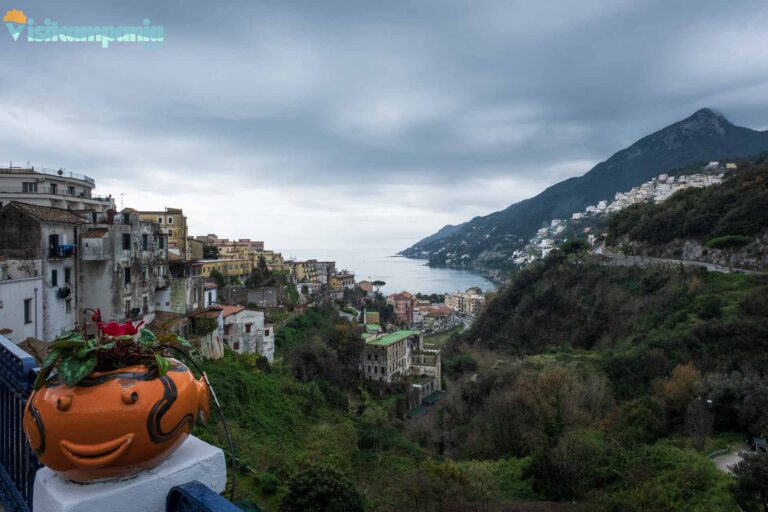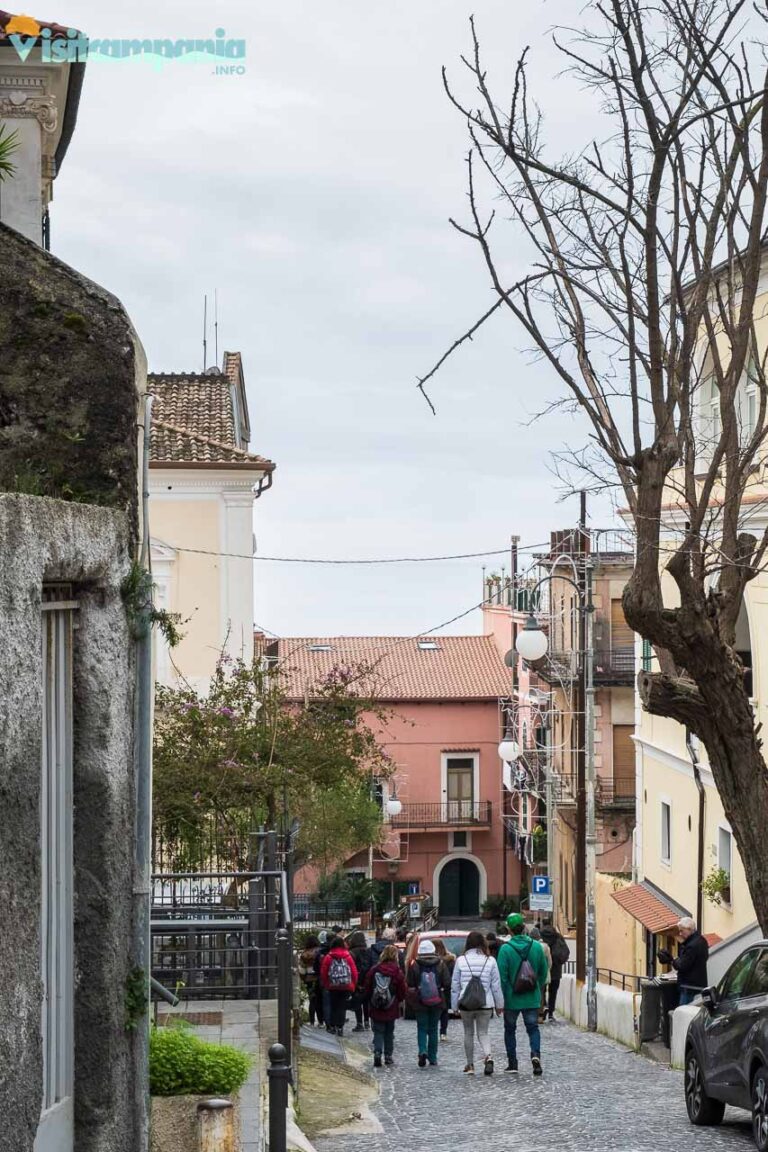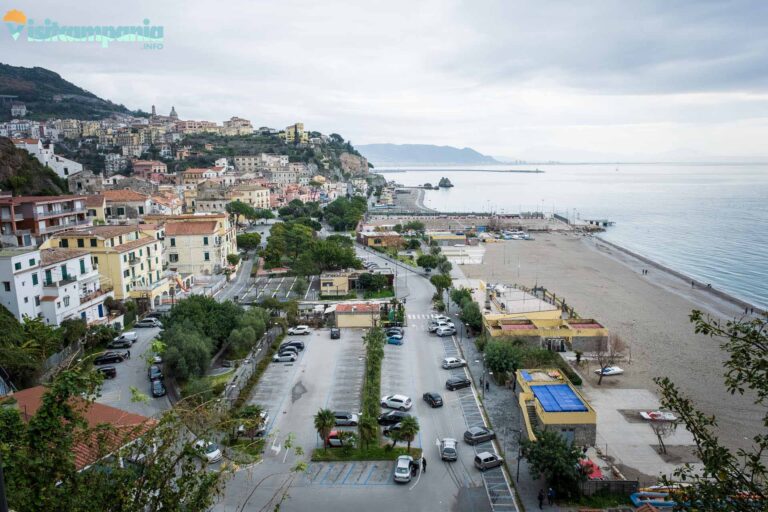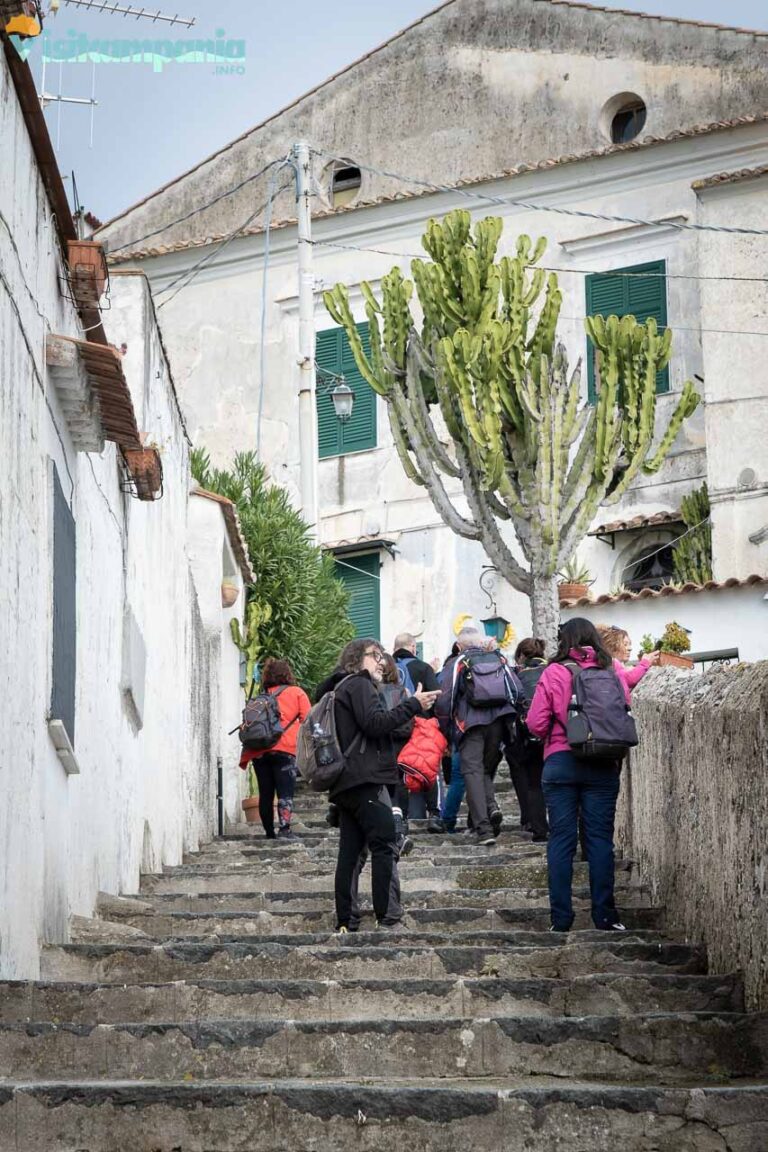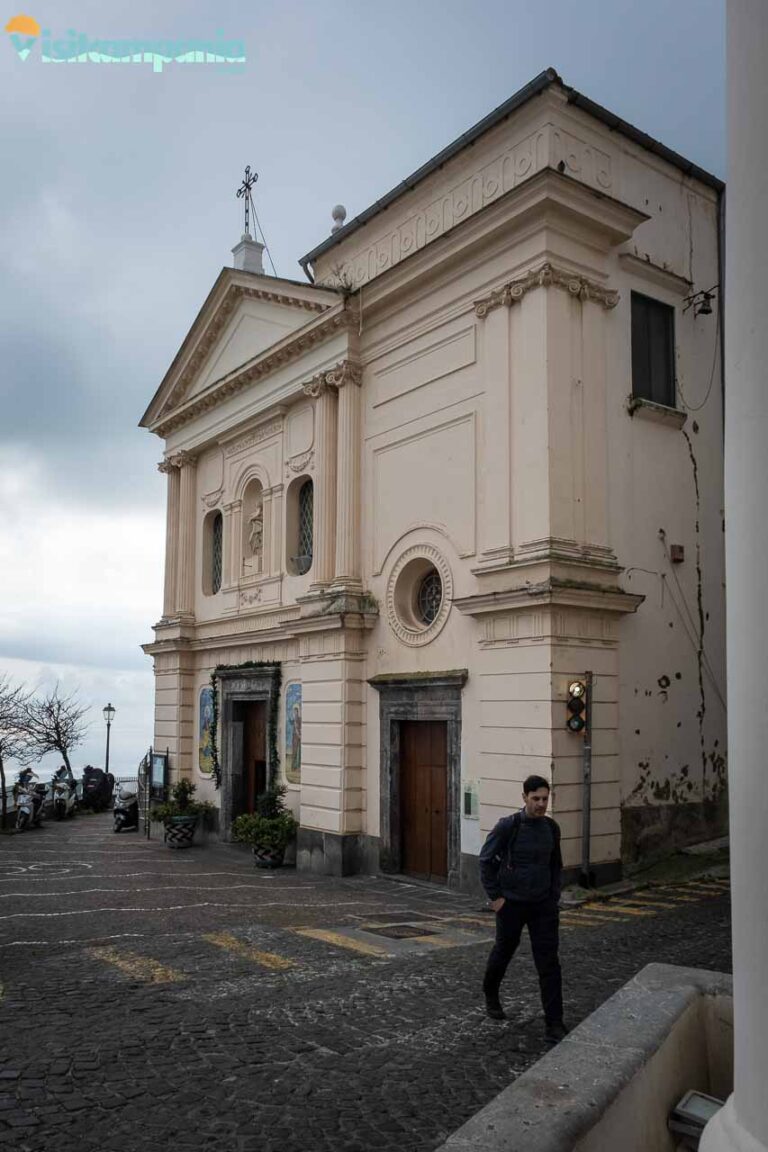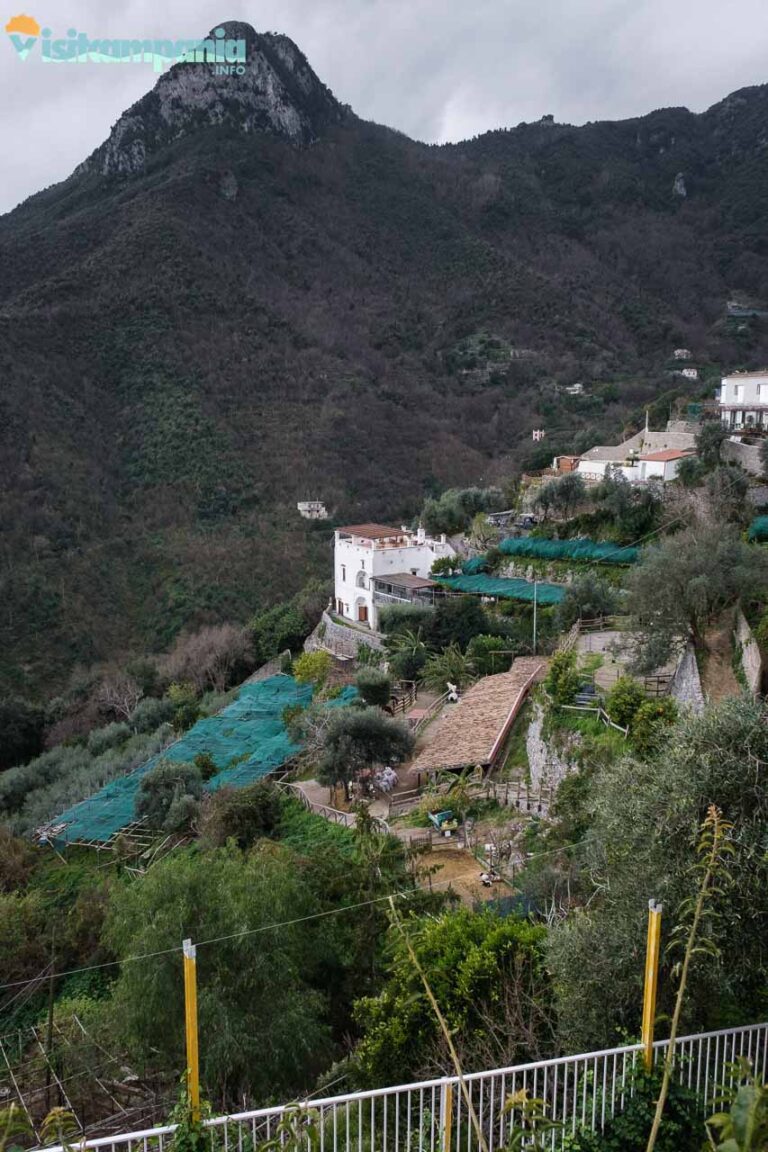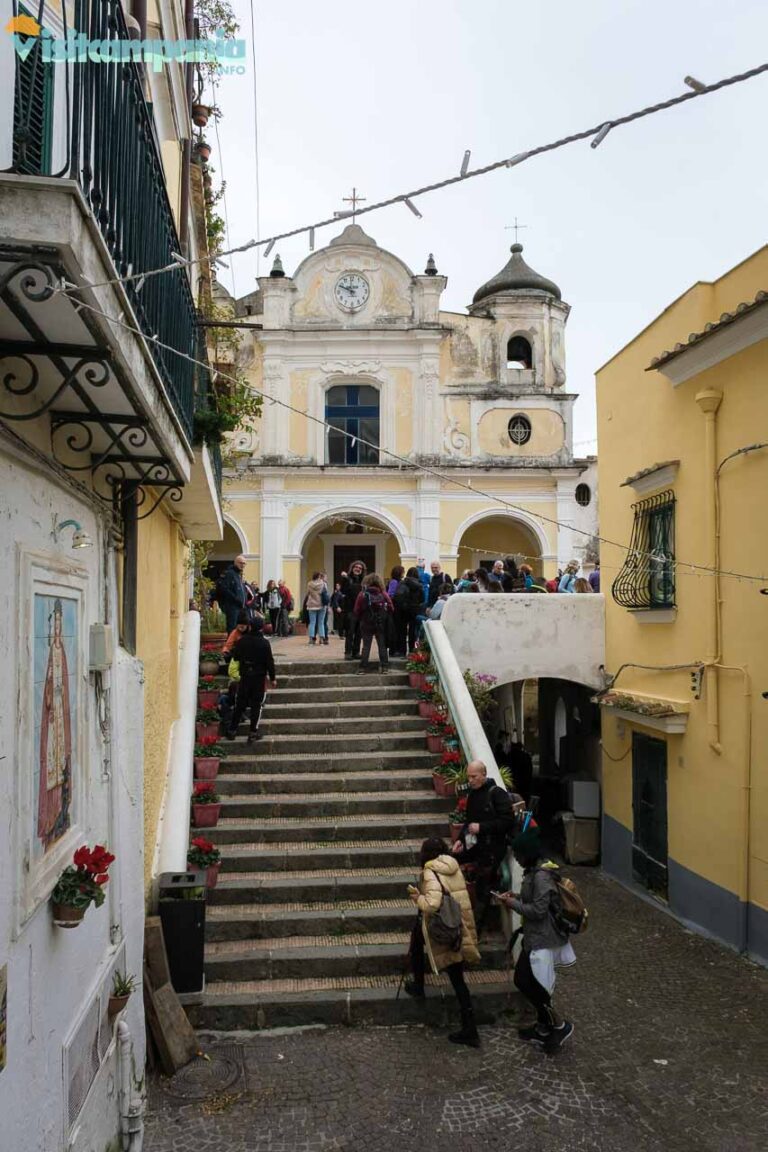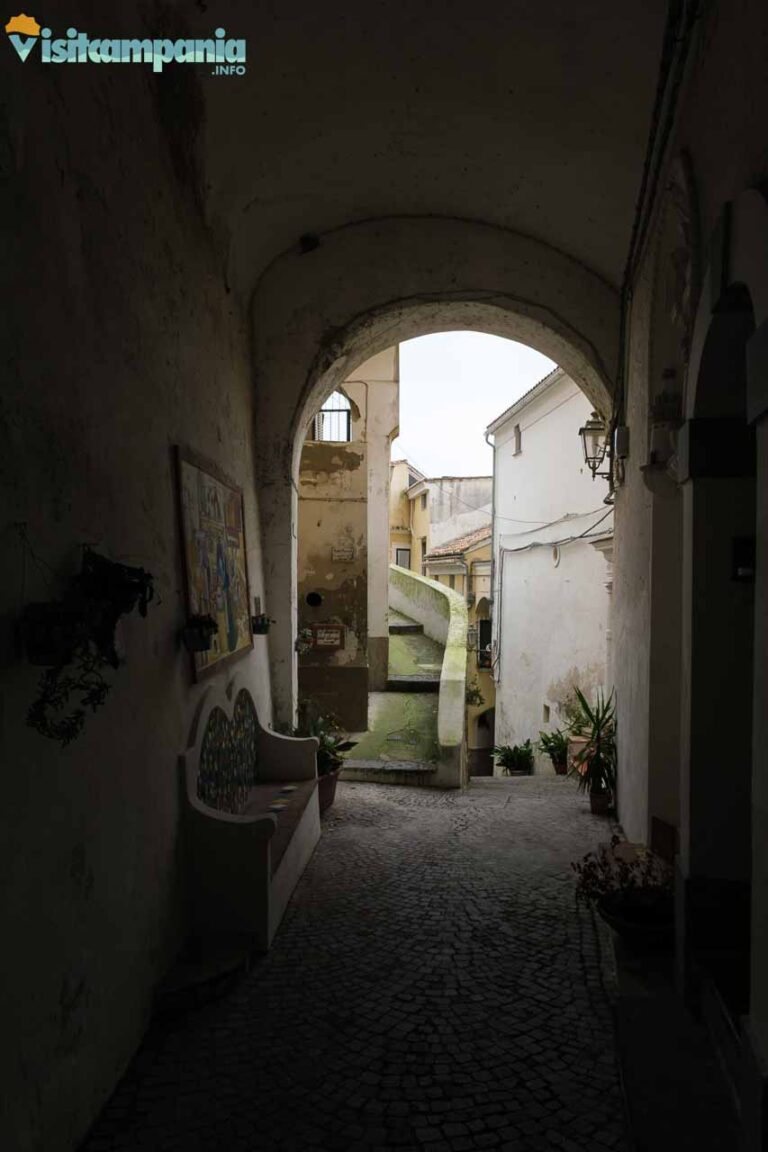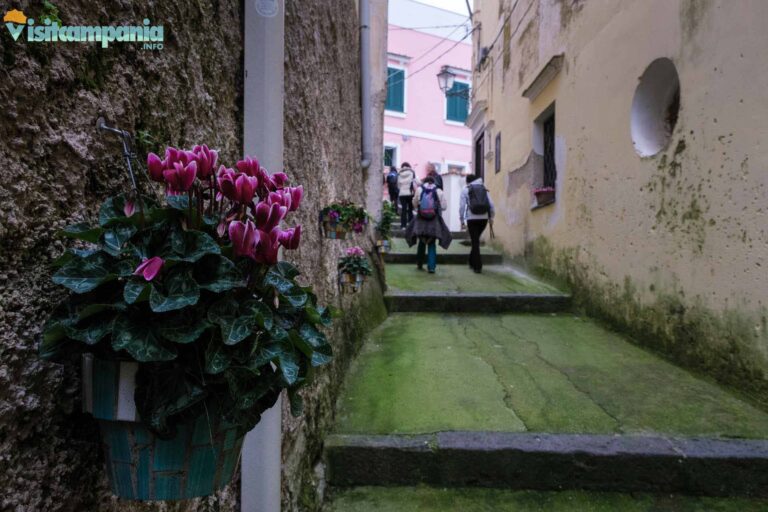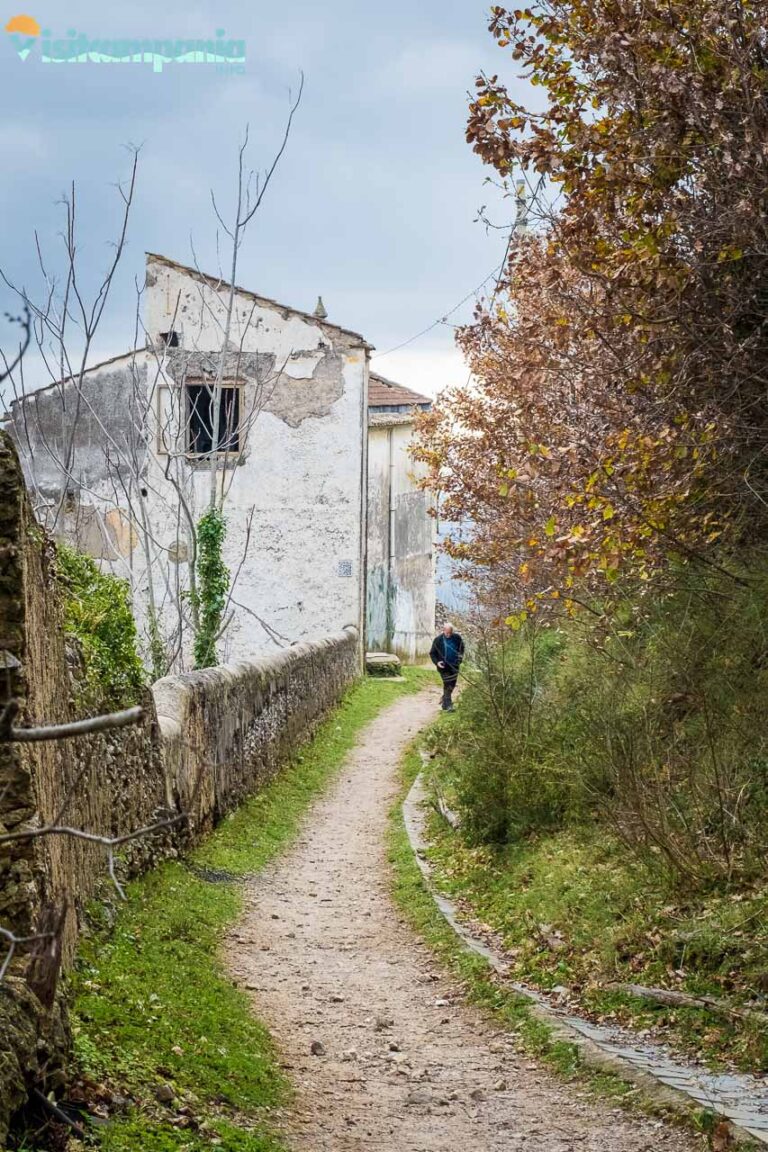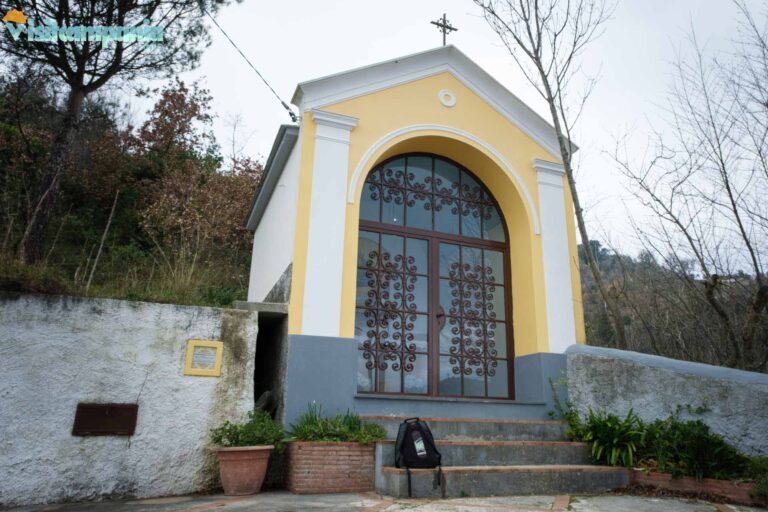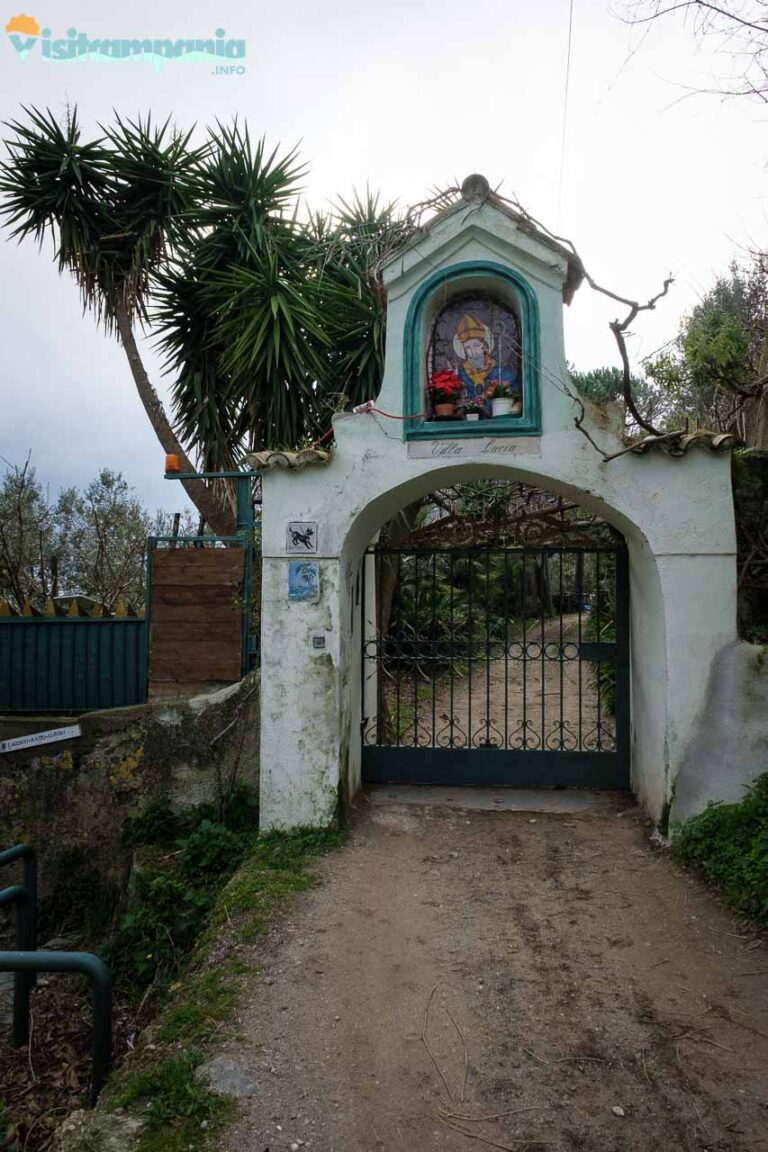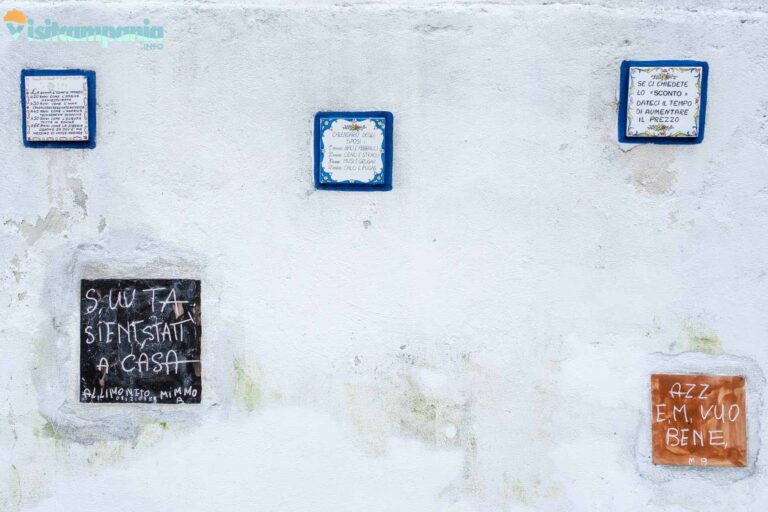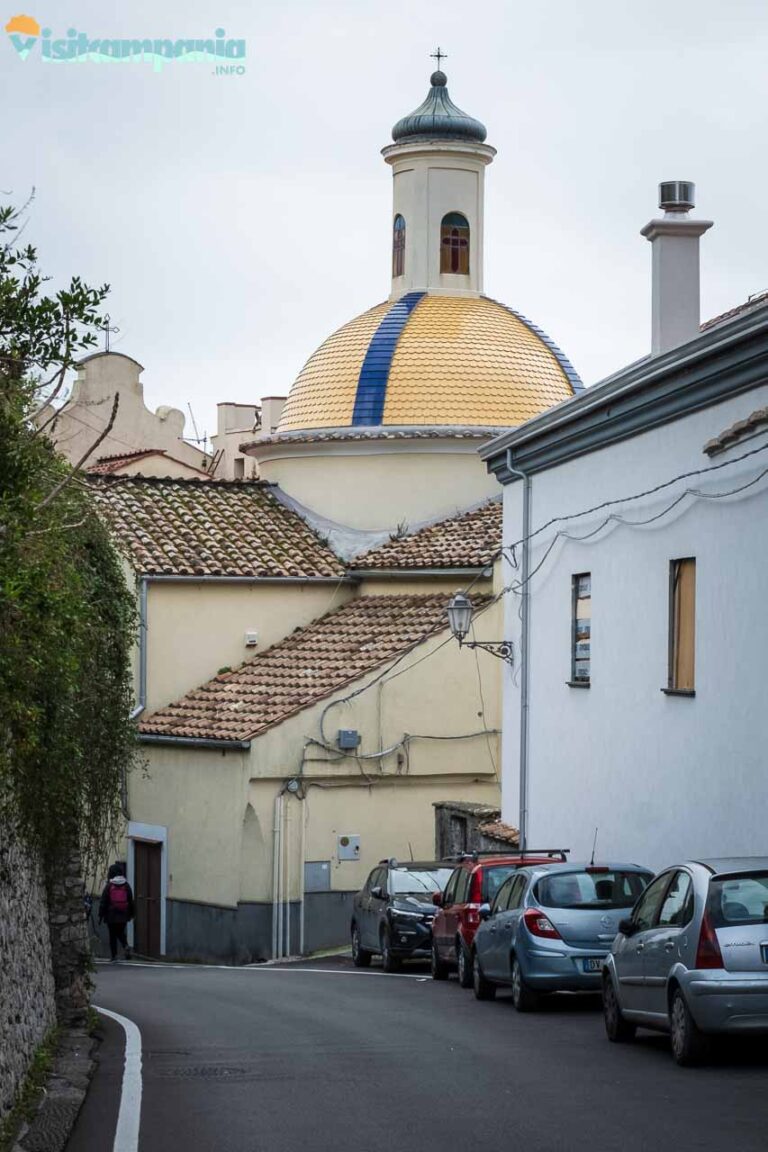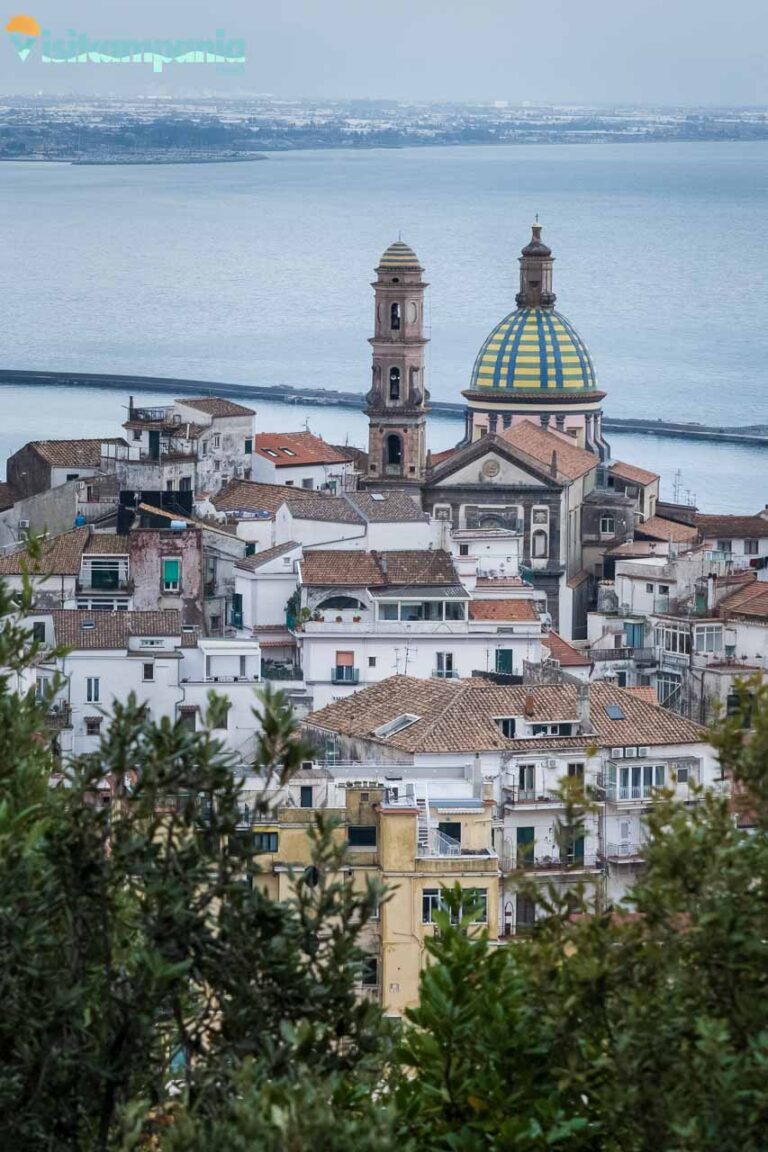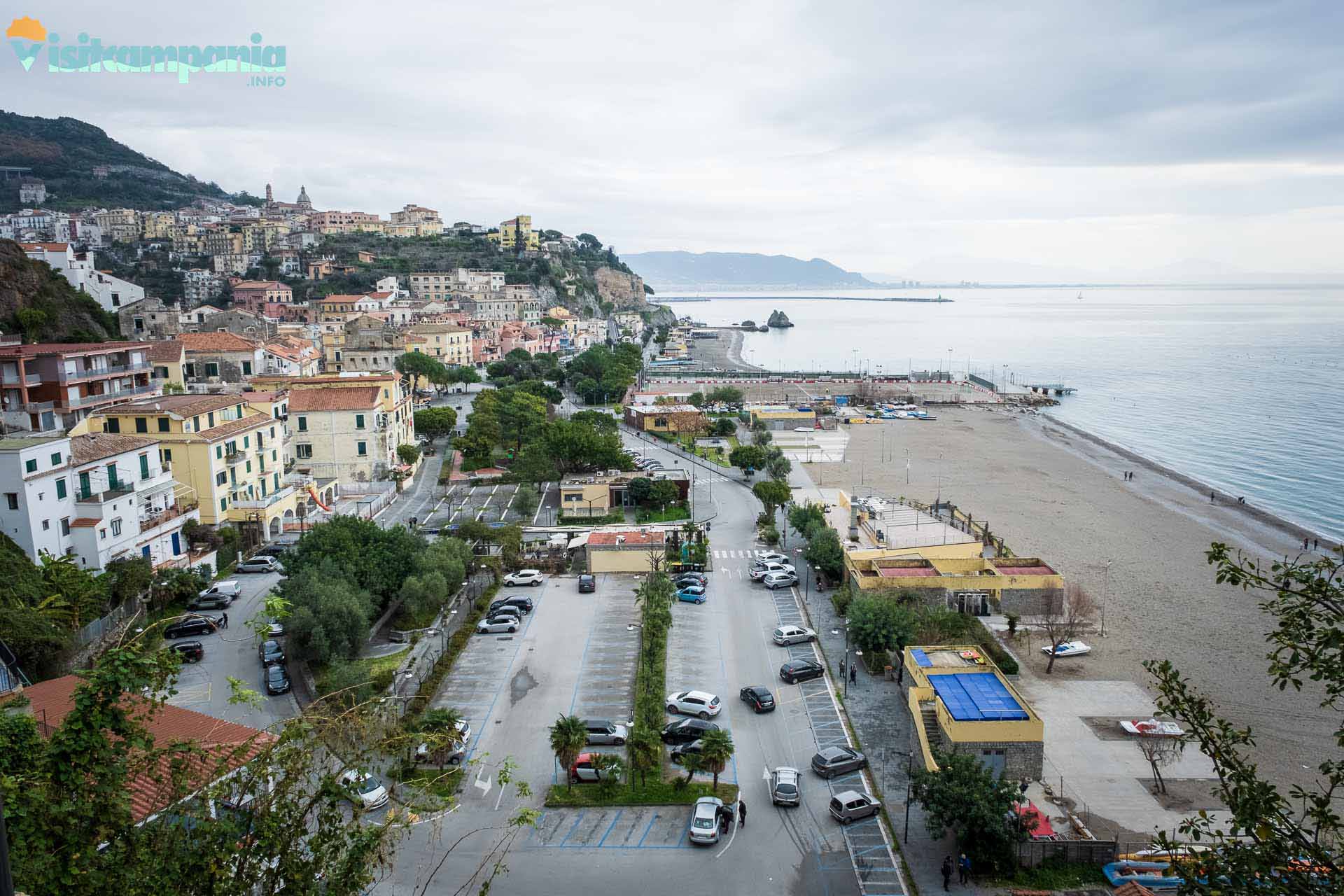
The route ” The villages of Vietri sul Mare ” passes through five of the six hamlets of Vietri , famous for its ceramics and its view of the Gulf of Salerno . Each hamlet is a small discovery, a piece of a mosaic that unites history, nature and tradition . An invitation to explore, step by step, the roots of a land that still knows how to amaze.
The route mainly covers asphalted urban roads with stairways, while dirt paths are limited. The landscape is also very varied and allows us to appreciate one of the characteristics of the coast that ranges from the sea to the mountains in just a few kilometers. .
Marina of Vietri and Raito
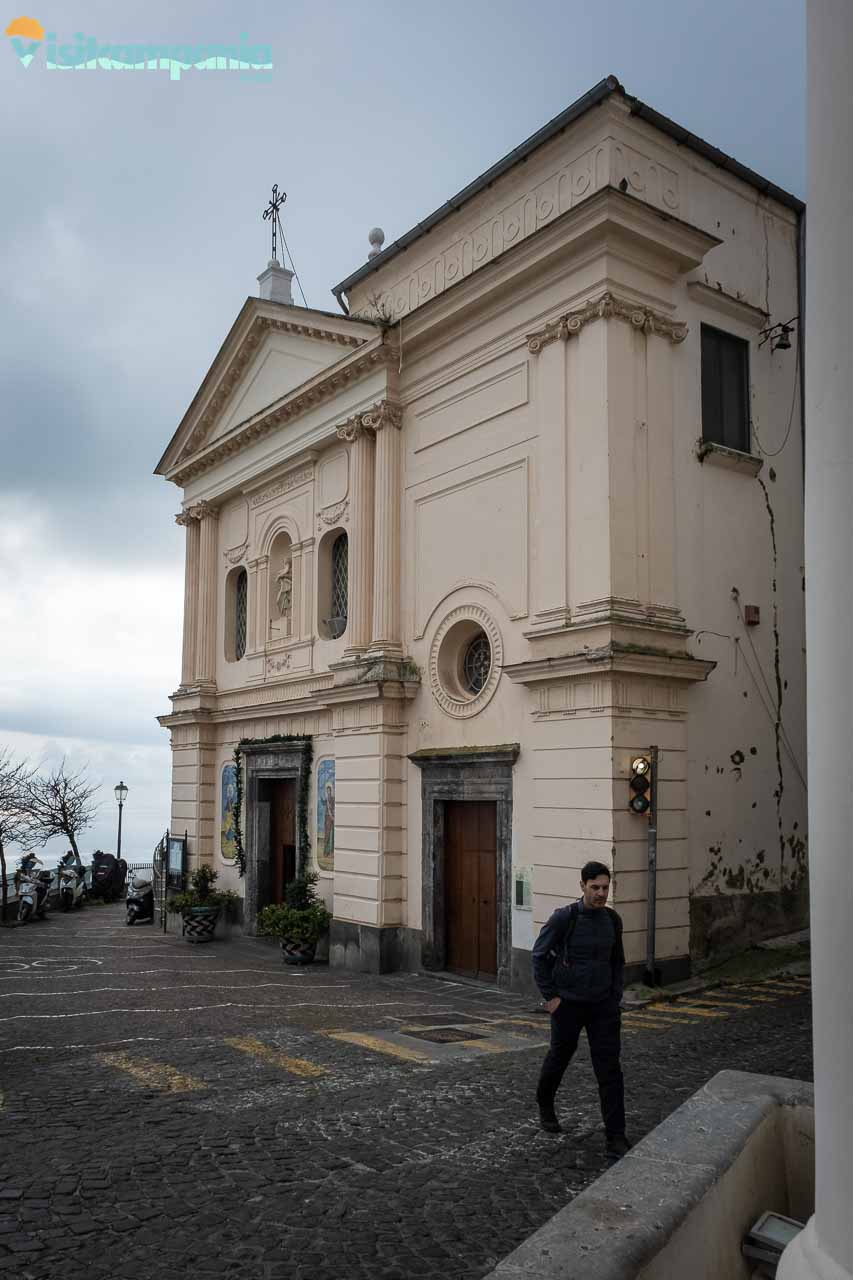
We start from Piazza Matteotti , in the upper part of Vietri, to immediately descend towards Marina di Vietri where the town overlooks a wide and welcoming beach, lapped by the Bonea river.
From here, after skirting a stretch of beach, you cross an arch built into a house and begin the climb towards Raito, a hamlet with ancient origins, dating back to the 5th-6th century AD.
Along the climb you come across the small chapel of the Madonna dell’Arco , dating back to the 18th century, in Baroque style and characterised by the belvedere churchyard in a dominant position over the sea.
At the end of the climb, characterized by alternating asphalted sections and stairways, you come across a pretty little church in a panoramic position on the gulf. It is the church of Santa Maria delle Grazie in Raito , built in 1540. Characterized by a three-nave Latin cross plan and an imposing dome , it is embellished with frescoes by the famous Luca Giordano . If you find it open, I recommend you take a look.
Dawn
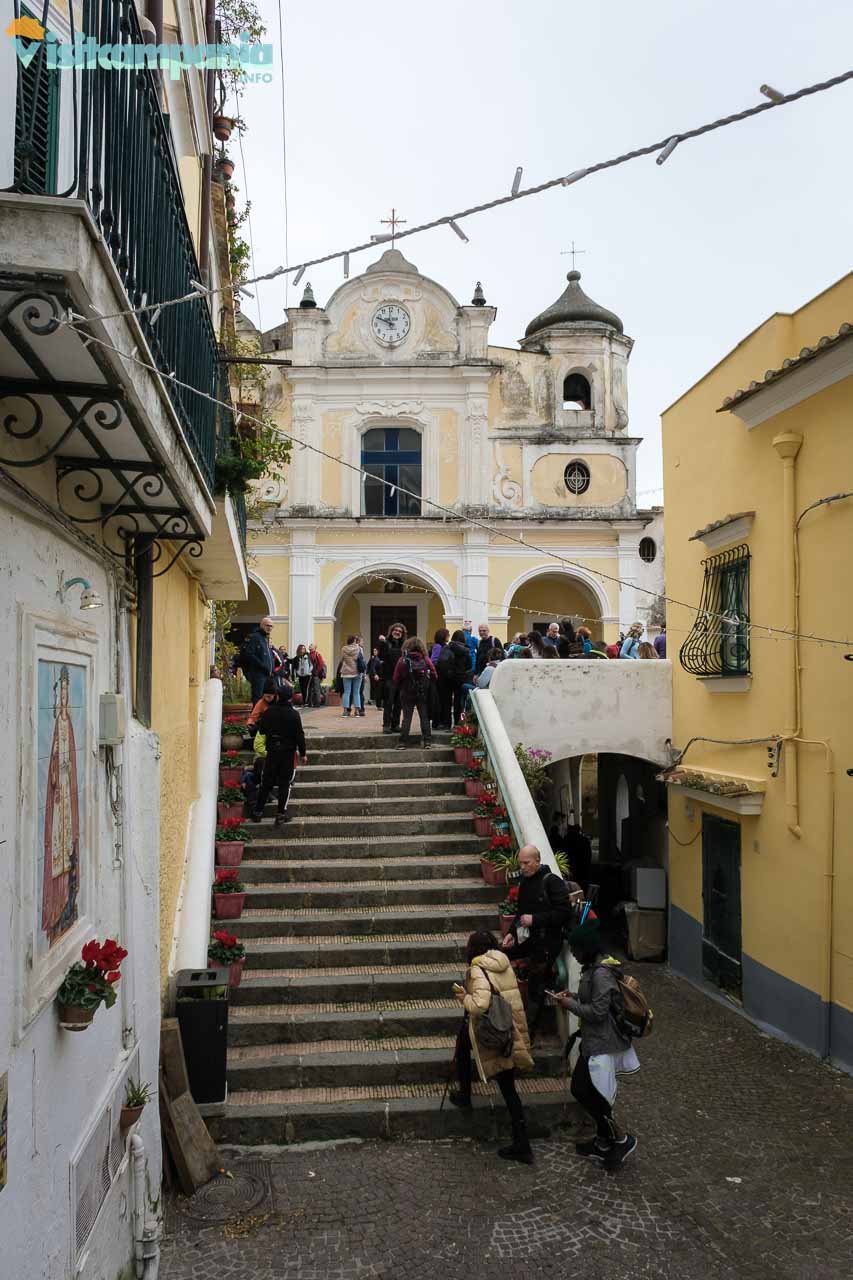
We resume our journey to discover the villages of Vietri sul Mare. A kilometer of asphalt separates us from Albori , a village clinging to Mount Falerio that preserves its original characteristics intact. Here too we find an architectural jewel that, if open, is worth a visit. It is the church of Santa Margherita d’Antiochia , protector of the village. Rebuilt at the beginning of the seventeenth century but with origins dating back to the fourteenth century, it is a fascinating mix of Baroque art and oriental influences. The structure, with three naves, is enriched by an external portico that overlooks a panoramic churchyard. It houses icons of great value and frescoes by the painter Belisario Corenzio , of Greek origins, which testify to a deep connection with the Greek-oriental tradition.
Dragonea
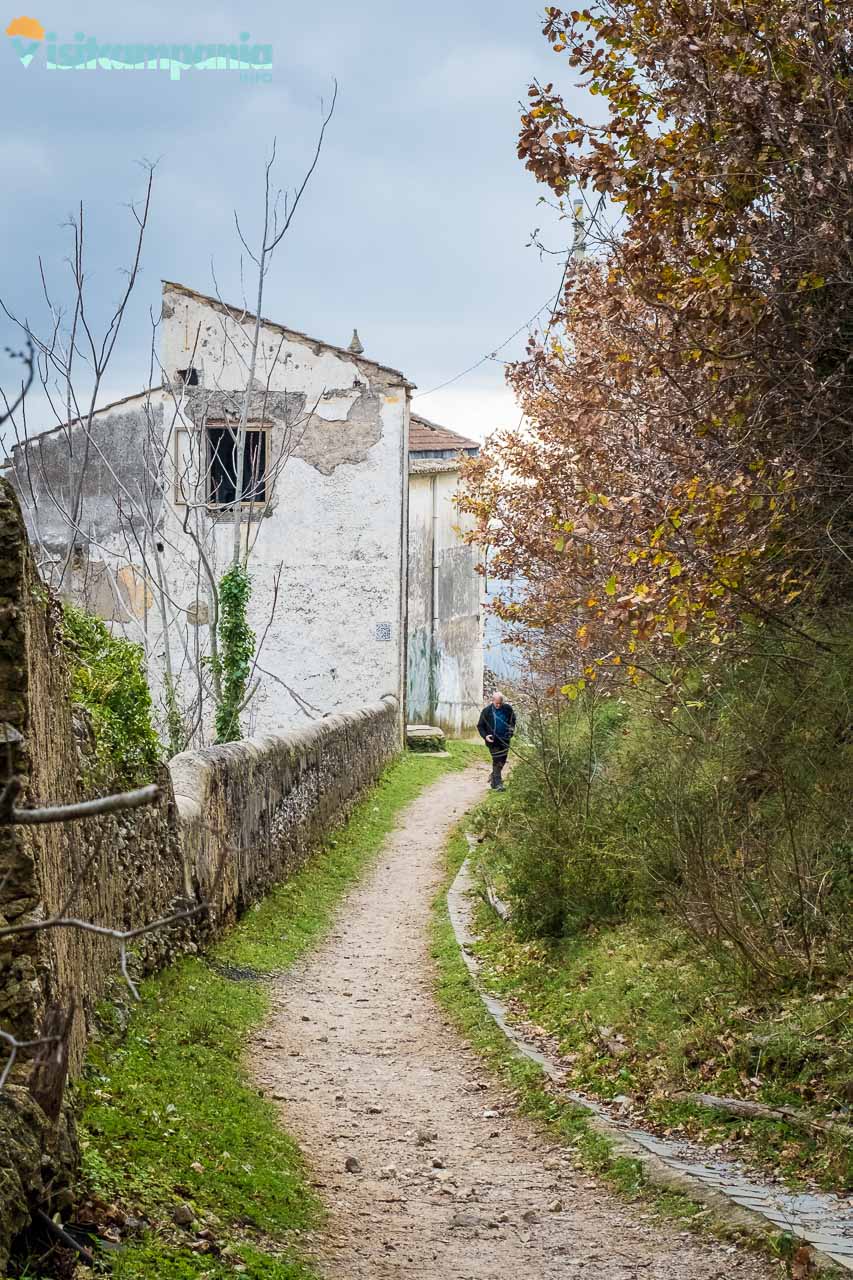
Beyond the church begins the first dirt road, just over a kilometre and a half slightly uphill, which between abandoned ruins, solitary chapels and a few picnic tables scattered here and there leads us to Dragonea , the penultimate village and the highest point of the itinerary. From here onwards the route proceeds only downhill. Anciently a hunting ground for Lombard princes, it is an area rich in natural beauty. The Bonea valley is its jewel with the cave of San Cesareo linked to the tradition of the saint who is said to have lived here. The church of San Vincenzo , dating back to the 11th century, dominates the village immersed in lush nature.
Well-in-home
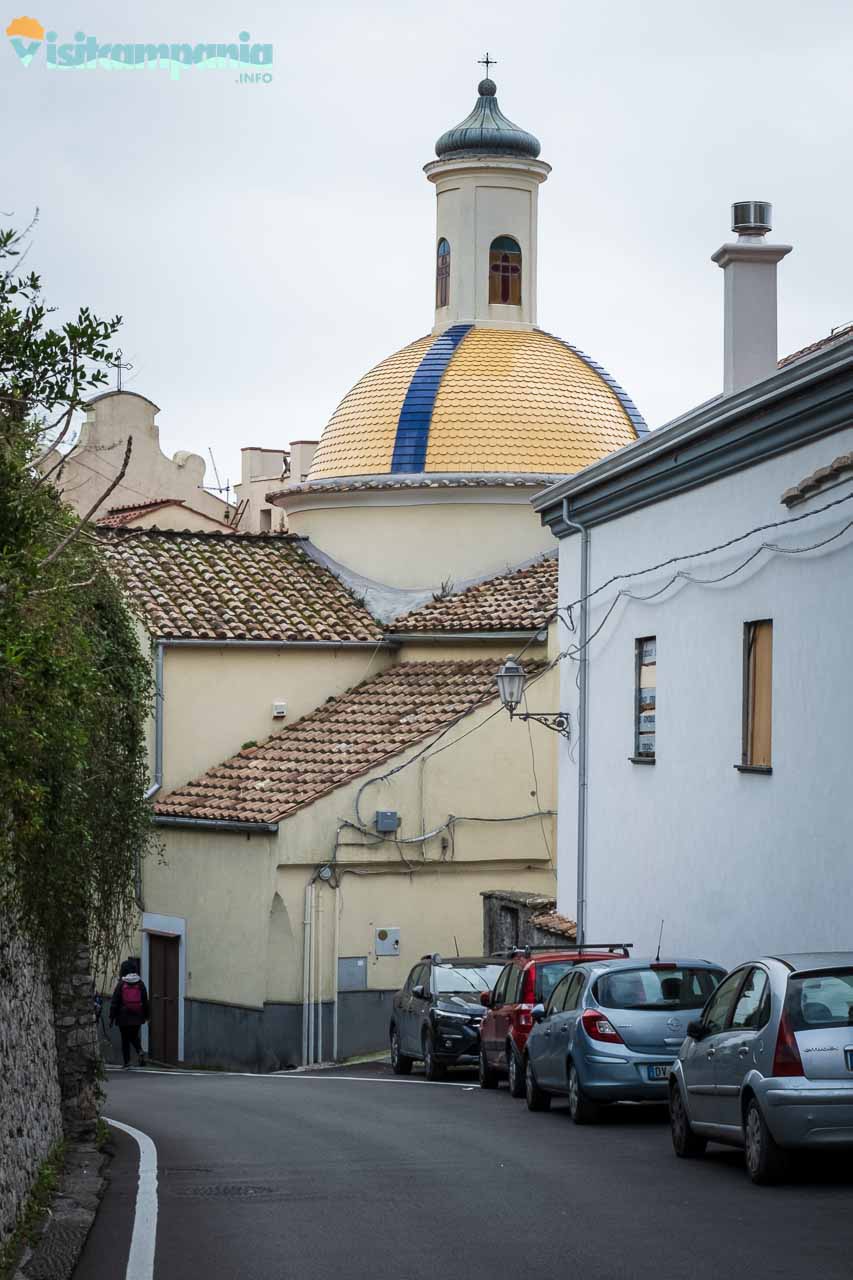
Beyond Dragonea, Benincasa awaits us, the last stop on the itinerary and a hilltop village devoted to San Francesco da Paola . It is characterized by stairways and paths dotted with votive shrines that wind through cultivated terraces and Mediterranean scrub. On the stretch of road that connects the two hamlets, pay attention to via Raccio , a semi-hidden alley that you come across on your right where on a white plastered retaining wall, tiles bearing dialect proverbs stand out. Can you translate them?
A little further on, in the centre of Benincasa, you come across the church of Santa Maria delle Grazie and San Francesco di Paola , an architectural and spiritual jewel that has its roots in the 17th century. With its imposing dome covered in Vietri majolica, an elegant portico and a panoramic churchyard enriched with seats decorated with local ceramics and a majestic centuries-old plane tree, this church is a place of great charm. It houses a relic of inestimable value, the “Salvietta” , which according to tradition bears the true face of San Francesco di Paola .
Return to Vietri sul Mare
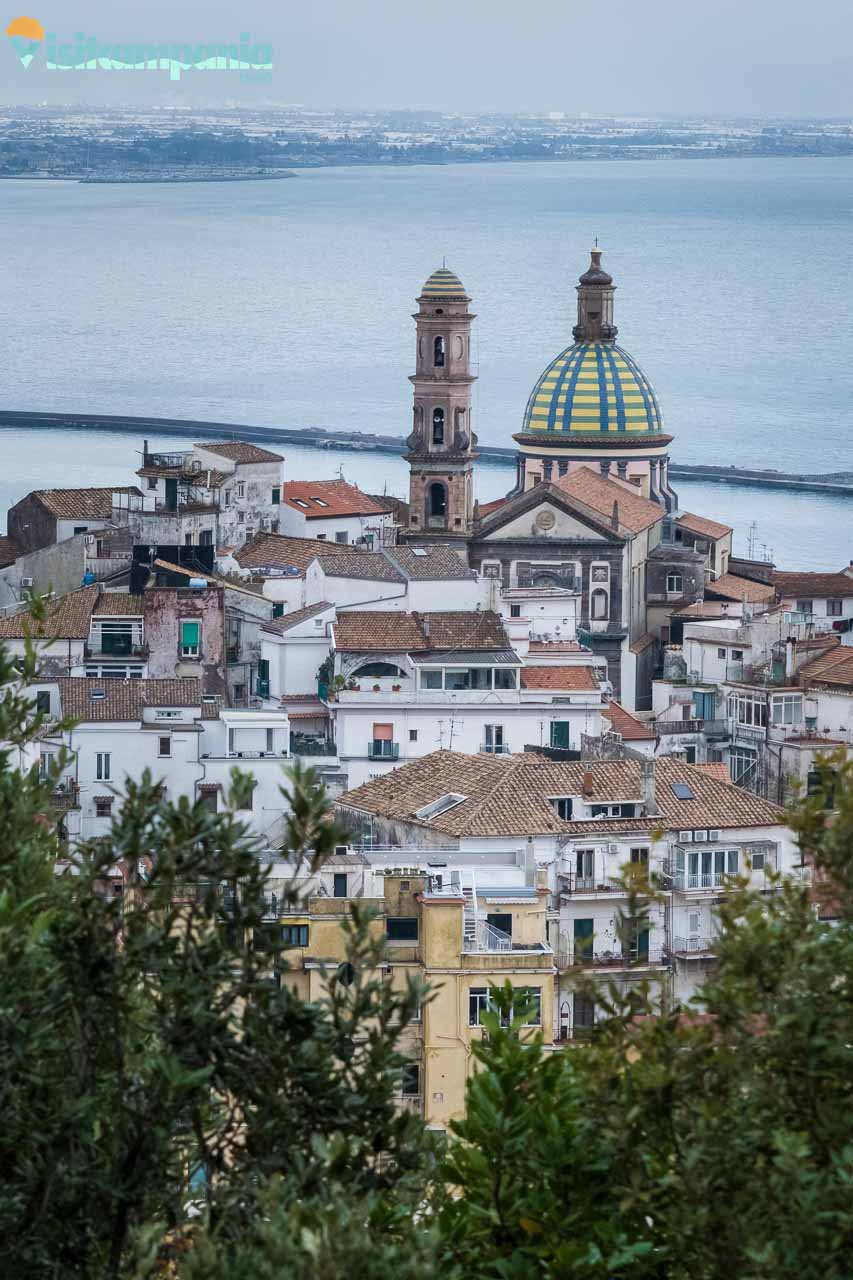
We are almost at the end of our discovery of the villages of Vietri sul Mare. Just over a kilometer and a half separates us from the center of Vietri. Just enough time to tackle the second and final stretch of dirt road and another kilometer or so on an asphalt road and we are back in Piazza Matteotti.

